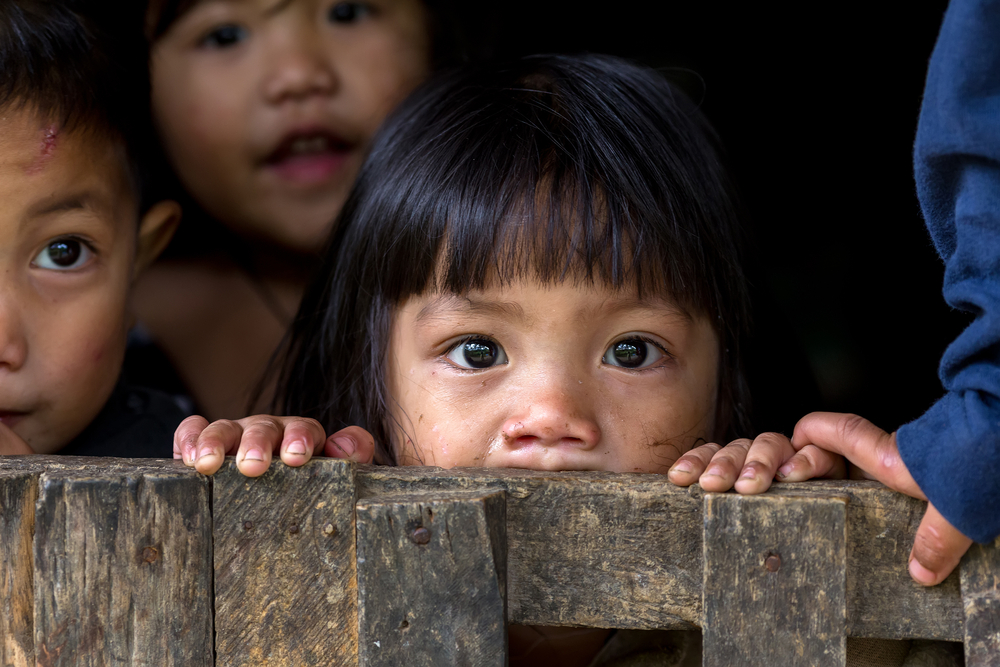Child labour refers to the employment of children in any work that deprives children of their childhood, interferes with their ability to attend regular school, and that is mentally, physically, socially or morally dangerous and harmful.
Children had been servants and apprentices throughout most of human history. They often worked long hours in dangerous factory conditions for very little money. They were so useful to companies mostly because their size allowed them to move in small spaces in factories or mines. Kids often worked to help support their families, and were usually forced to forgo an education.
Luckily, nineteenth century brought the change to this. Reformers and labor organizers fought so hard to restrict child labor and improve working conditions, but it took a market crash to finally sway the public opinion.
The minimal role of child labor in the United States today is one of the more remarkable changes in the social and economic life of the nation over the last two centuries, however, there are still places in the world where children are forced to work so they can support their families.
Did you know these facts about Child Labour?
- One in six children 5 to 14 years old – 16% of all children in this age group – is involved in child labor in developing countries.
- In the least developed countries, 30% of all children are engaged in child labor.
- Worldwide, 126 million children work in hazardous conditions, often enduring beatings, humiliation and sexual violence by their employers.
- An estimated 1.2 million children – both boys and girls – are trafficked each year into exploitative work in agriculture, mining, factories, armed conflict or commercial sex work.
- The highest proportion of child labourers is in Sub-Saharan Africa, where 26 % of children (49 million) are involved in work.
Read more about this on Friday.
[divider]
Sources:
















